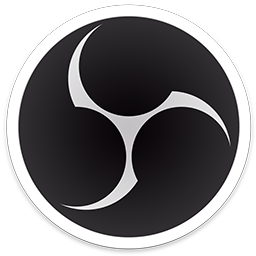dethwombat
New Member
Hey all, fairly new to this, but I've been running two instances of OBS in order to record my face in one and the gameplay in the other, since I like being able to animate just my facial frame when I do edits. However, running current games (Like The Callisto Protocol) I overload OBS *very* easily. Even when I have the game running at 1080P and medium graphic settings. I know the big-time Youtubers are able to record high-end graphics with these frames (game and face cam) separate - am I missing something major? Usually when they post their setups, they aren't running two computers which I've seen mentioned before here on Reddit since it's a lot of work to process that information during recording.
I'm at a total loss here as up until now I've been able to run a resolution of 2560x1440 in games like RE8, Subnautica, etc - nothing as current as Callisto, so I'm aware there would be a difference. I also know some people run a single OBS but have the resolution in OBS be 2x the size of their recording and they fit both the gameplay and face cam into one and split them in Adobe Premier (I use Hitfilm because I can't afford anything fancy right now) so I'm more limited.
I've also lowered OBS settings significantly by taking off Psycho Visual Tuning, utilizing Good Quality over Better/Max, single pass for the MultiPass Mode. Rate Control is CQP set at 17. Encoder is set to NVENC as suggested.
If anyone has any insight on what can or should be done I would greatly appreciate the assistance. I feel like my computer is pretty powerful - not top of the line by any means, but I didn't think I'd be running into this kind of trouble considering people do the whole 4k/max game settings and I'm far from that. I just don't know what exactly other people are doing to achieve what I'm after.
I currently run:
AMD Ryzen 5 5600X 6-Core Processor 3.70 GHz
GeForce RTX 3070TI
32 Gigs of RAM
Thank you!
I'm at a total loss here as up until now I've been able to run a resolution of 2560x1440 in games like RE8, Subnautica, etc - nothing as current as Callisto, so I'm aware there would be a difference. I also know some people run a single OBS but have the resolution in OBS be 2x the size of their recording and they fit both the gameplay and face cam into one and split them in Adobe Premier (I use Hitfilm because I can't afford anything fancy right now) so I'm more limited.
I've also lowered OBS settings significantly by taking off Psycho Visual Tuning, utilizing Good Quality over Better/Max, single pass for the MultiPass Mode. Rate Control is CQP set at 17. Encoder is set to NVENC as suggested.
If anyone has any insight on what can or should be done I would greatly appreciate the assistance. I feel like my computer is pretty powerful - not top of the line by any means, but I didn't think I'd be running into this kind of trouble considering people do the whole 4k/max game settings and I'm far from that. I just don't know what exactly other people are doing to achieve what I'm after.
I currently run:
AMD Ryzen 5 5600X 6-Core Processor 3.70 GHz
GeForce RTX 3070TI
32 Gigs of RAM
Thank you!
